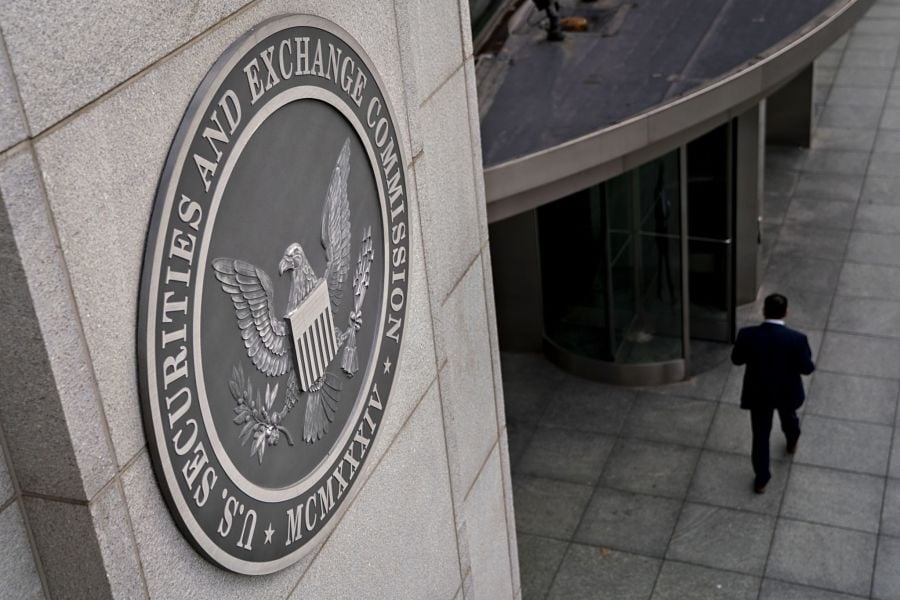

The Securities and Exchange Commission has a fresh warning for the booming SPAC market: Blank-check companies aren’t an end around to avoid disclosing key information to investors.
In a statement Thursday, a top SEC official made clear that despite their unique structure, special purpose acquisition companies are covered by federal securities rules. Claims that promoters face less legal liability than a traditional public offering are “uncertain at best,” said John Coates, the acting director of the agency’s corporation finance division.
SPACs list on public stock exchanges to raise money for the purpose of buying other companies. For months, the SEC has been raising red flags that investors aren’t being fully informed of potential risks.
Coates emphasized that the firms have obligations as they seek to identify an acquisition target, and eventually take it public through another transaction known as a de-SPAC.
“A de-SPAC transaction gives no one a free pass for material misstatements or omissions,” he said. “All involved in promoting, advising, processing, and investing in SPACs should understand the limits on any alleged liability difference between SPACs and conventional IPOs.”
About 300 SPACs launched on U.S. exchanges in the first quarter, raising almost $100 billion. That total was more than SPACs raised all of last year.
The deluge has overwhelmed those responsible for reviewing filings at the SEC, triggered a surge in liability insurance rates for blank-check companies and fueled market anxieties that the bubble is about to burst.

Executives from LPL Financial, Cresset Partners hired for key roles.

Geopolitical tension has been managed well by the markets.

December cut is still a possiblity.

Canada, China among nations to react to president-elect's comments.

For several years, Leech allegedly favored some clients in trade allocations, at the cost of others, amounting to $600 million, according to the Department of Justice.
Streamline your outreach with Aidentified's AI-driven solutions
This season’s market volatility: Positioning for rate relief, income growth and the AI rebound
